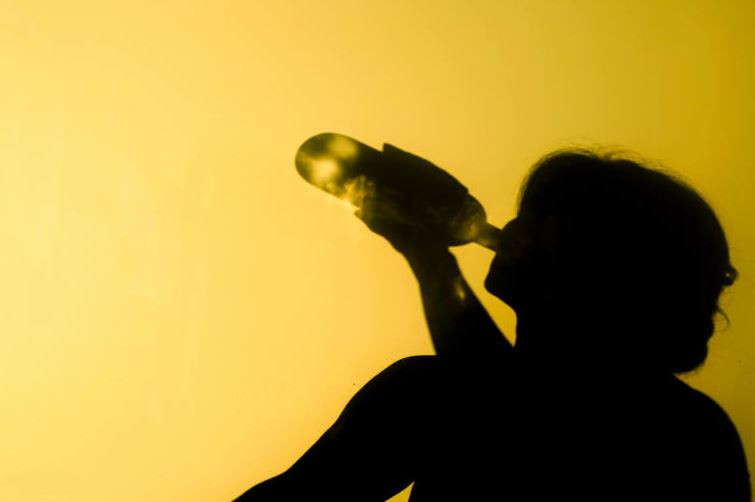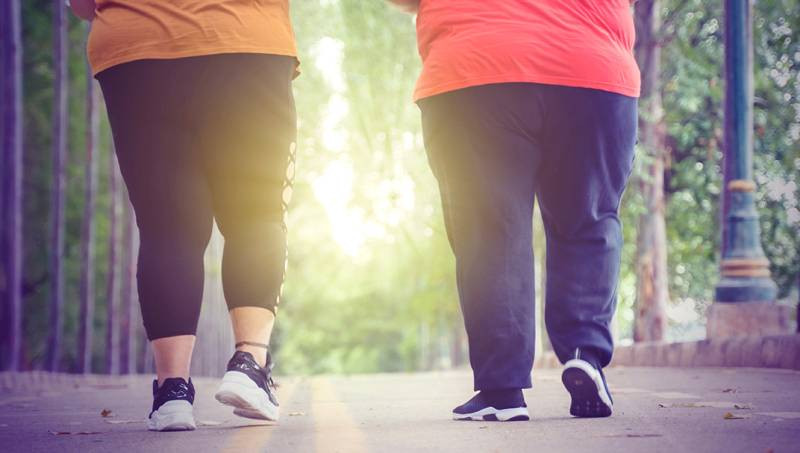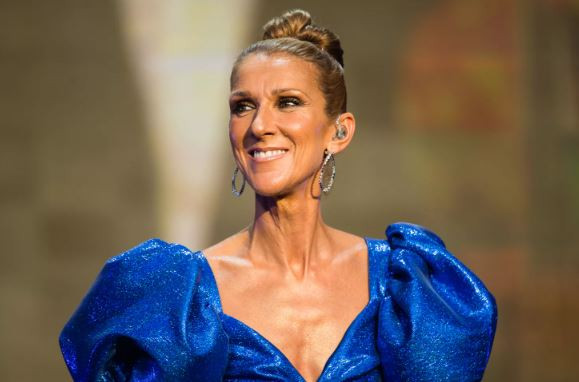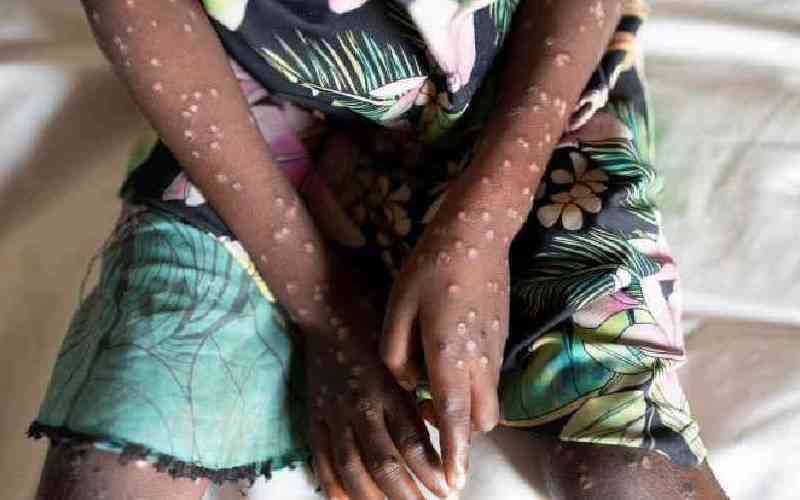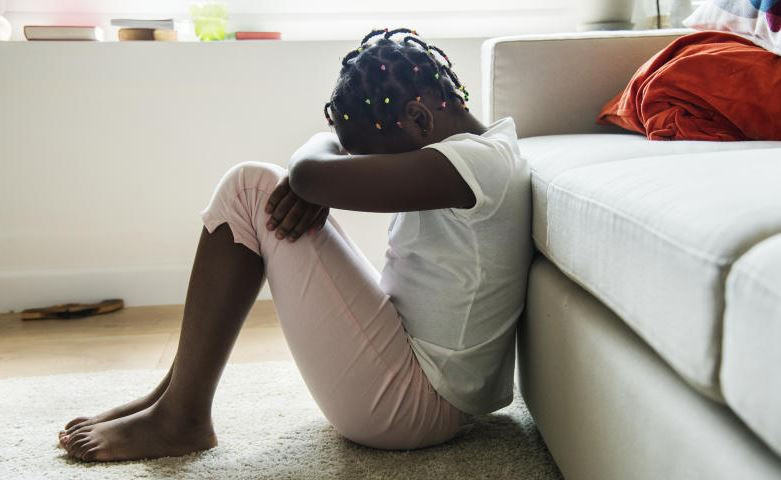
I recently had an eight-year-old who was referred by the paediatrician for bedwetting. He had ruled out a medical cause of the problem and recommended a psychological assessment and psychotherapy.
This reminded me of the kind of ridicule, isolation and abuse we used to inflict on other children with bed-wetting problems, oblivious to the psychological trauma we were inflicting at the time.
According to the Diagnostic and Statistical Manual of Mental Disorders, Fifth Edition (DSM-5), bedwetting, also known medically as enuresis, is classified as an elimination disorder. It is defined as the involuntary passage of urine, usually during sleep, and is commonly diagnosed in children over the age of five, a time when most children begin to achieve consistent bladder control.
Bedwetting is not a mental disorder per se, but its inclusion in the DSM-5 helps clinicians to consistently recognise and diagnose the condition. This standardisation is essential to ensure that children receive appropriate treatment and support based on their specific symptoms and individual needs.
Bedwetting is divided into primary and secondary enuresis, with primary enuresis occurring when a child has never had a period of nocturnal dryness for at least six months, and secondary enuresis occurring when a child has been dry at night for at least six consecutive months and then starts to wet the bed again. The other subtypes include nighttime wetting without daytime urinary symptoms (monosymptomatic enuresis) and bedwetting with daytime urinary problems (non monosymptomatic enuresis).
It is often seen in children with developmental delays in bladder control and can be triggered by several factors.
The diagnostic criteria are that the child is five years of age or older, has recurrent bed or clothing wetting that can be either involuntary or intentional, the behaviour occurs at least twice a week for at least three consecutive months, causes clinically significant distress or impairment in social, academic or other important areas of functioning, and the behaviour cannot be attributed to a medical condition such as diabetes or the effects of a substance.
Bedwetting is prevalent in children, affecting around 2-10 per cent of this population, but the incidence decreases significantly with age, with around 20 per cent of five-year-olds experiencing nocturnal bedwetting, dropping to around 2 per cent in adulthood.
- Dyscalculia: Why so many children struggle with numbers
- Unspoken struggle of bedwetting as an adult
- Night sweats: Six possible underlying health concerns
- 'This machine helps keep my child alive'
Keep Reading
Bedwetting is common in children with other conditions such as Attention Deficit Hyperactivity Disorder (ADHD) and anxiety disorders, leading to significant psychological distress due to the social stigma associated with bedwetting.
The constant punishment, name-calling and bullying from caregivers, other siblings and peers cause worrying levels of distress that can have a significant impact on emotional well-being and social functioning if not properly addressed.
There are various treatment modalities, with the use of medication recommended for bedwetting due to biological causes, but psychological interventions play a crucial role in treatment, especially when biological causes have been ruled out.
These include the use of behavioural therapies such as reward systems, bladder retraining and the use of urgency alarms.
Cognitive behavioural therapy, which addresses negative thoughts that perpetuate the problem, and family involvement and therapy.
 The Standard Group Plc is a multi-media organization with investments in media platforms spanning newspaper print
operations, television, radio broadcasting, digital and online services. The Standard Group is recognized as a
leading multi-media house in Kenya with a key influence in matters of national and international interest.
The Standard Group Plc is a multi-media organization with investments in media platforms spanning newspaper print
operations, television, radio broadcasting, digital and online services. The Standard Group is recognized as a
leading multi-media house in Kenya with a key influence in matters of national and international interest.

